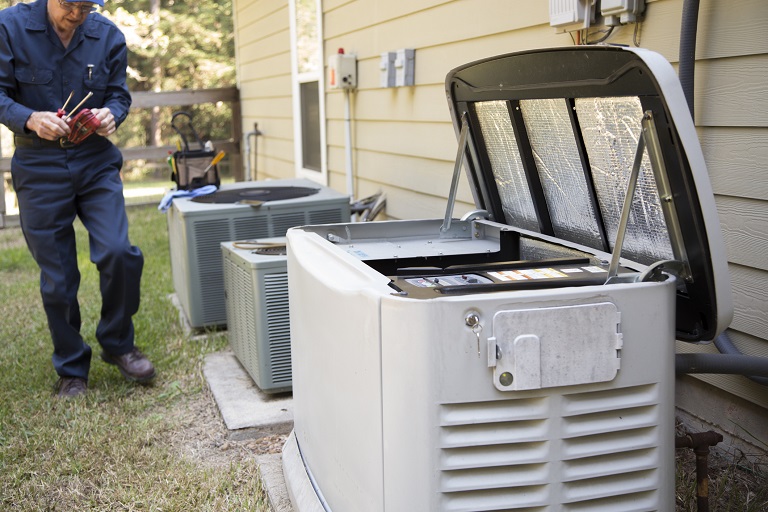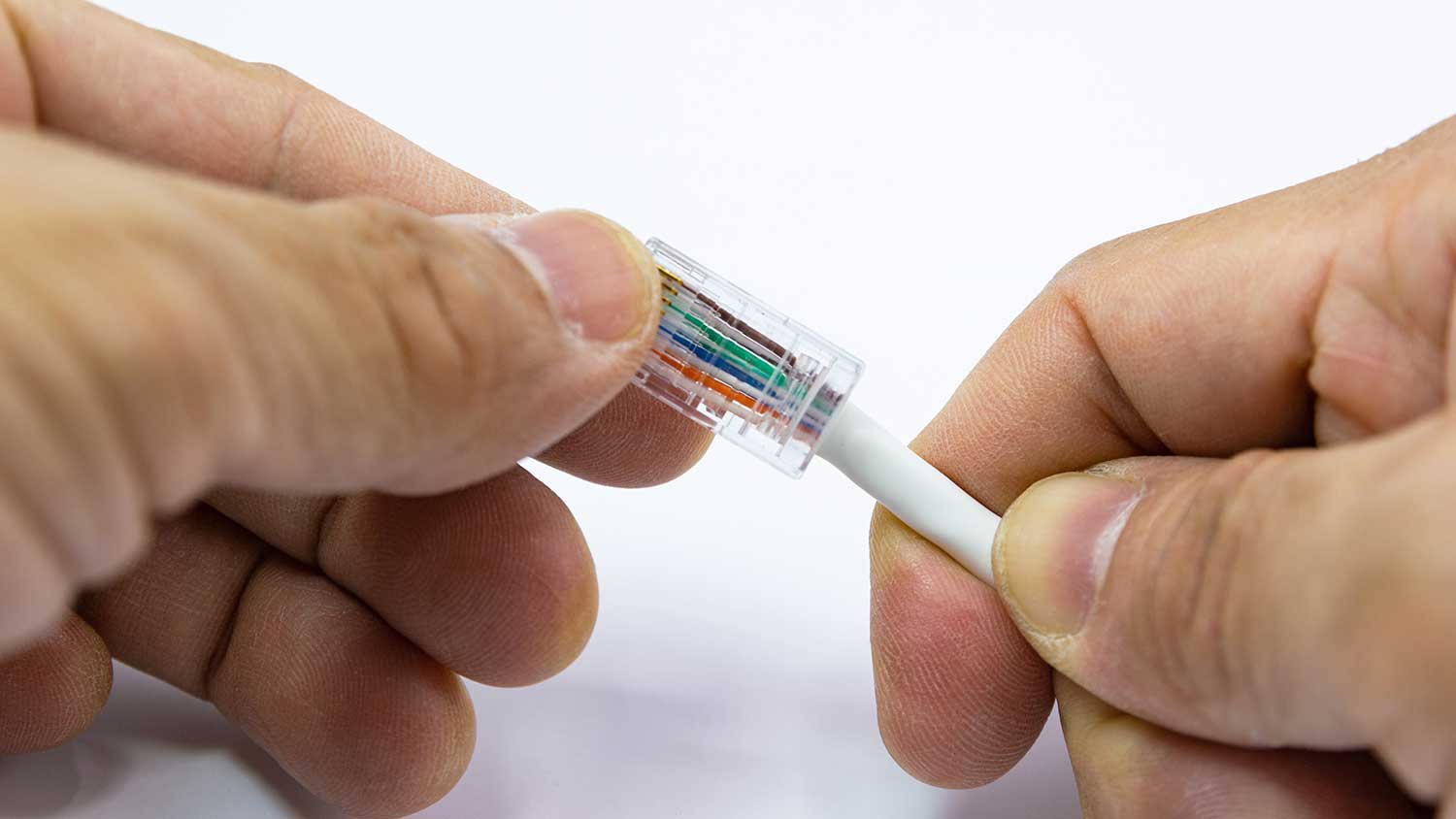
Andrew's Electrical, Inc.
Andrew's Electrical, Inc.
We can take on a wide range of residential and commercial electrical projects to include full installation for additions and remodels as well as wiring/panel upgrades, and a variety of other projects. We take pride in the quality of our work and our commitment to outstanding results. We look forward to building strong, long-term relationships with our clients and guarantee your satisfaction.
"Andrews electrical did a great job. They were very professional and knowledgeable They were extremely fast and helpful. I would hire them again in a heartbeat again. I will personally recommend them to anyone."
Ron P on June 2024
We can take on a wide range of residential and commercial electrical projects to include full installation for additions and remodels as well as wiring/panel upgrades, and a variety of other projects. We take pride in the quality of our work and our commitment to outstanding results. We look forward to building strong, long-term relationships with our clients and guarantee your satisfaction.
"Andrews electrical did a great job. They were very professional and knowledgeable They were extremely fast and helpful. I would hire them again in a heartbeat again. I will personally recommend them to anyone."
Ron P on June 2024
















